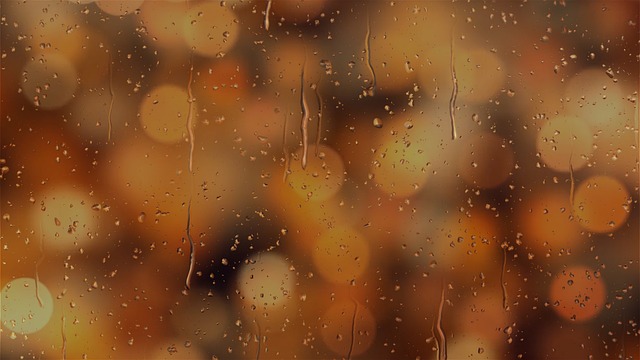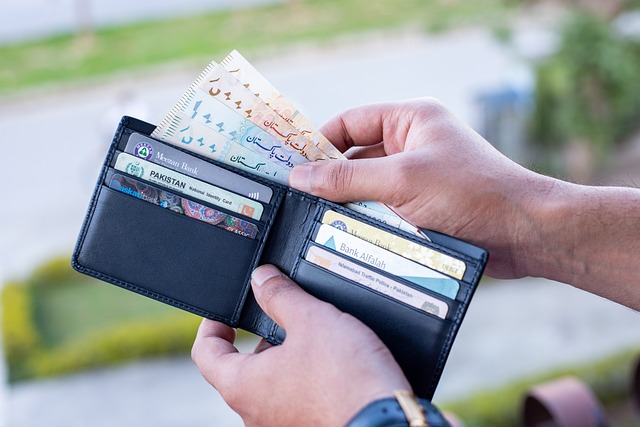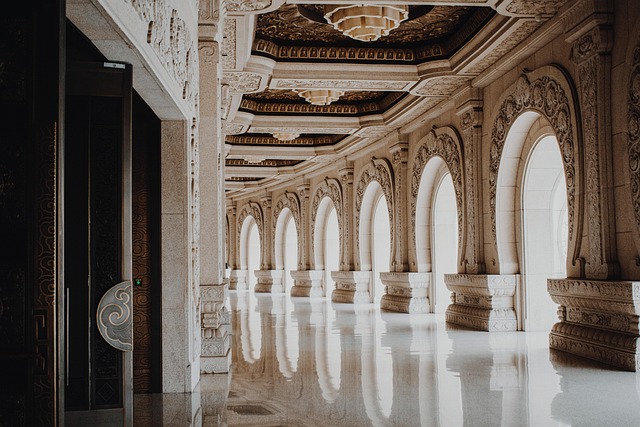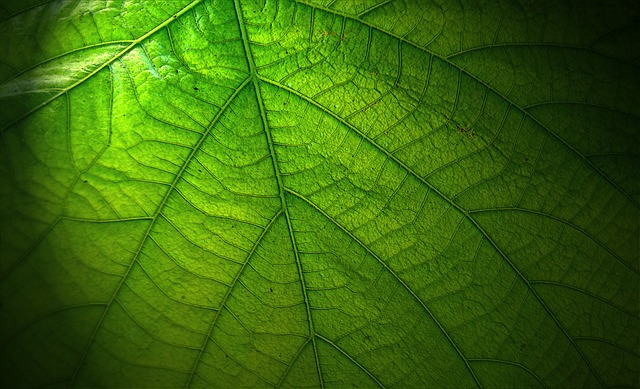Understanding Bokeh: The Soul of Your Photos
As photography enthusiasts, we’re often in search of that elusive element in our images—the kind of magic that transforms an ordinary photo into a breathtaking piece of art. One of the most sought-after techniques in the world of photography is ‘Bokeh’. This term, originating from the Japanese word ‘boke’, translates to ‘blur’ and refers to the aesthetic quality of the out-of-focus areas in an image. When mastered, Bokeh can elevate your photographs and evoke strong emotions in the viewer.
The Beauty of Bokeh in Photography
Imagine a portrait of your loved one, where they are sharply focused against a dreamy, softly blurred background filled with shimmering circles of light. This is what Bokeh can achieve. It’s not just about having a blurred background; rather, it’s about creating depth and dimension in your images. Bokeh adds a layer of storytelling, allowing the subject to shine with an ethereal quality that captivates the eye.
Choosing the Right Lens for Stunning Bokeh
The lens you choose plays a crucial role in the quality of Bokeh. Not all lenses are created equal when it comes to this luscious blur. Typically, prime lenses with larger apertures—like f/1.4, f/1.8, or even f/2.8—are your best friends in achieving that creamy, dreamy background. The wider the aperture, the shallower the depth of field, which enhances the Bokeh effect.
Look for lenses that feature rounded diaphragm blades as they produce smoother, more pleasing bokeh. Popular choices among photographers include 50mm and 85mm prime lenses, which are known for their stunning optical performance and ability to create beautiful out-of-focus highlights.
Techniques to Enhance Bokeh
While having the right lens is fundamental, understanding how to use your camera settings to your advantage is equally important. Here are some tips to help you maximize your Bokeh:
- Open Your Aperture: Set your lens to the widest aperture possible. This will help achieve a shallower depth of field and create a stronger separation between your subject and the background.
- Distance Matters: The distance between your subject and the background greatly influences Bokeh. The greater the distance, the more pronounced the blur, allowing for more beautiful bokeh highlights.
- Get Creative with Backgrounds: Look for backgrounds that have interesting shapes or colors. Lights, foliage, and even textured surfaces can enhance the Bokeh effect, giving your photos a more dynamic feel.
Tuning Your Camera Settings
Apart from adjusting your lens aperture, consider using a longer focal length. When you shoot with a longer lens, you naturally compress the background, contributing to a more significant Bokeh effect. Additionally, make sure to consider lens distortion and selected focal length, as they can drastically affect the overall quality of your bokeh.
Always take test shots to see how different settings work with the specific lens you are using. Experimenting with various combinations will help you develop a keen understanding of how your optics interact with Bokeh.
Editing for an Enhanced Bokeh Effect
Post-processing can also play a role in enhancing Bokeh. Techniques such as blurring the background further in editing software can intensify the effect. Using tools like Adobe Lightroom or Photoshop allows you to selectively manipulate areas to enhance the dreamy feel without compromising the integrity of the image.
Even in an age where smartphone cameras have been revolutionizing photography, the allure of Bokeh remains strong among lens lovers. The combination of the right tools, creative vision, and an understanding of optics can lead to truly stunning photography that feels intimate and enchanting. So, grab your lenses, experiment, and let the world see your photography through the lens of Bokeh!




